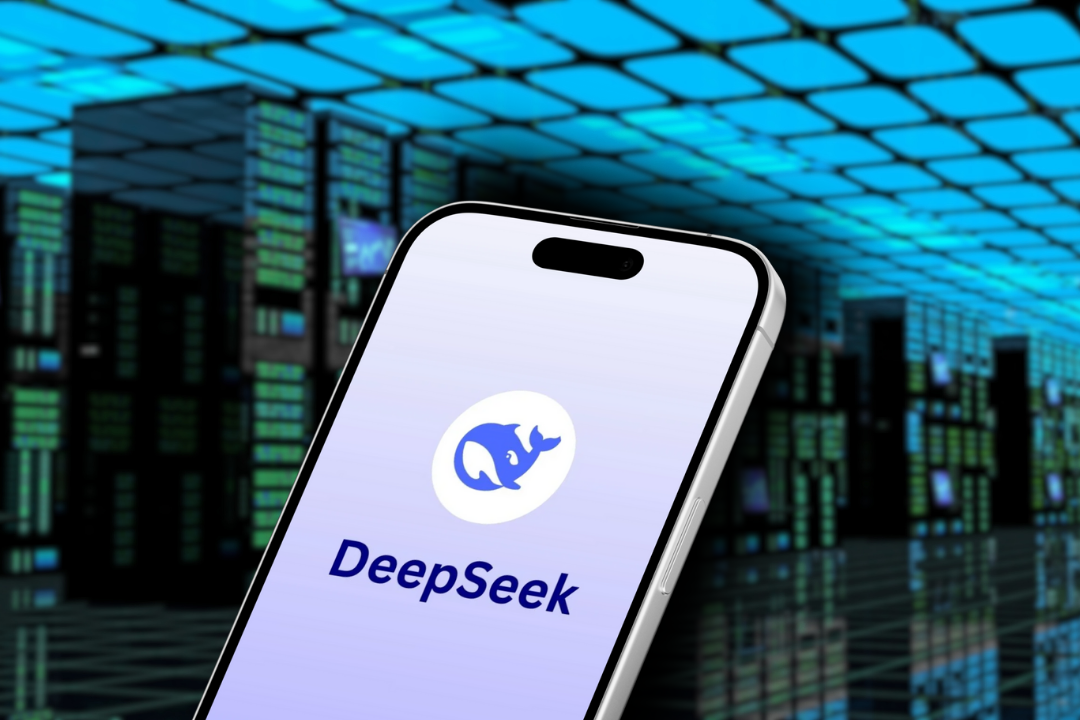The Covid-19 pandemic accelerated the shift towards remote work, with many companies now adopting a hybrid work model in the post-pandemic era. While remote work has its benefits, such as increased productivity and cost savings, remote cybersecurity presents new challenges that organisations must address.
Challenges of remote cybersecurity
One of the biggest challenges of a hybrid workforce is managing access. With some employees working remotely, organisations must ensure that only authorised individuals can access their networks and data. This can be achieved by usings strong authentication methods, such as multi-factor authentication (MFA), and by implementing strict access controls. MFA helps to ensure that the person accessing the network is who they say they are, requiring a secondary form of identification in addition to a password, such as a fingerprint, face recognition or a one-time code sent to a device. SSO, on the other hand, allows users to log in once and access all their applications and services without being prompted for multiple usernames and passwords.
Data protection is a critical aspect of cybersecurity, and it’s essential to ensure that sensitive data is protected, regardless of where employees are working. This can be achieved with robust data protection measures, such as encryption and data loss prevention (DLP) tools. Encryption helps to protect data by converting it into a code that can only be read by someone with the proper decryption key, while DLP tools monitor data traffic to detect and prevent the unauthorised movement of sensitive data. Organisations should also have strict policies in place for data handling and storage and ensure that employees are trained on data protection best practices, such as how to identify and report data breaches.
Another challenge of a hybrid workforce is securing communications. With some employees working in-house and others working remotely, organisations must ensure that all communications are secure, regardless of location. This can be achieved with secure communication tools, such as virtual private networks (VPNs) and encrypted messaging apps. Additionally, organisations must ensure that all remote employees are trained on the use of these tools and on the importance of secure communications.
Ways to strengthen your remote cybersecurity
Organisations should consider implementing device-level security measures, such as endpoint protection software and mobile device management (MDM) solutions, to protect employees wherever they chose to work. Endpoint protection software provides a layer of security for remote devices by detecting and removing malware, while MDM solutions allow organisations to manage and secure mobile devices used by remote employees. This includes being able to wipe the device remotely in case it’s lost or stolen and ensure that the device is configured according to company security policies.
To ensure security for hybrid workforces, it’s also important to have a solid incident response plan in place. This includes having clear procedures in place to identify and respond to security incidents, including the protocols for communication, notification, and follow-up in the event of a security incident. This plan should include a designated incident response team and regular incident response drills and testing to ensure readiness in case of an incident.
The shift towards a hybrid work model has brought new opportunities, but also new challenges to cybersecurity. A hybrid workforce means that the traditional perimeter-based security approach is no longer sufficient. Instead, organisations must adopt a more holistic approach that focuses on securing access, communications, data and devices. With the right security measures in place, organisations can secure their hybrid workforce and minimise their cybersecurity risks. However, it’s important to keep in mind that security is an ongoing effort and requires continuous monitoring, updating and testing. Even with the best possible protection, there is always a chance of a successful attack. Therefore, it’s crucial for organisations to continuously assess their security posture and identify potential vulnerabilities. In this way, they can adapt their security strategies as the threat landscape evolves and ensure that they are prepared for the future of work.
At OmniCyber Security we are always available for advice and support for your transition to a secure hybrid network, and we provide a number of services that can help to make your environment safe. For example, getting your organisation up to standard by completing the Cyber Essentials certification will give you an official seal of approval that shows your employees and customers that you care about protecting their data. Contact our expert team today to see how we can help you.




